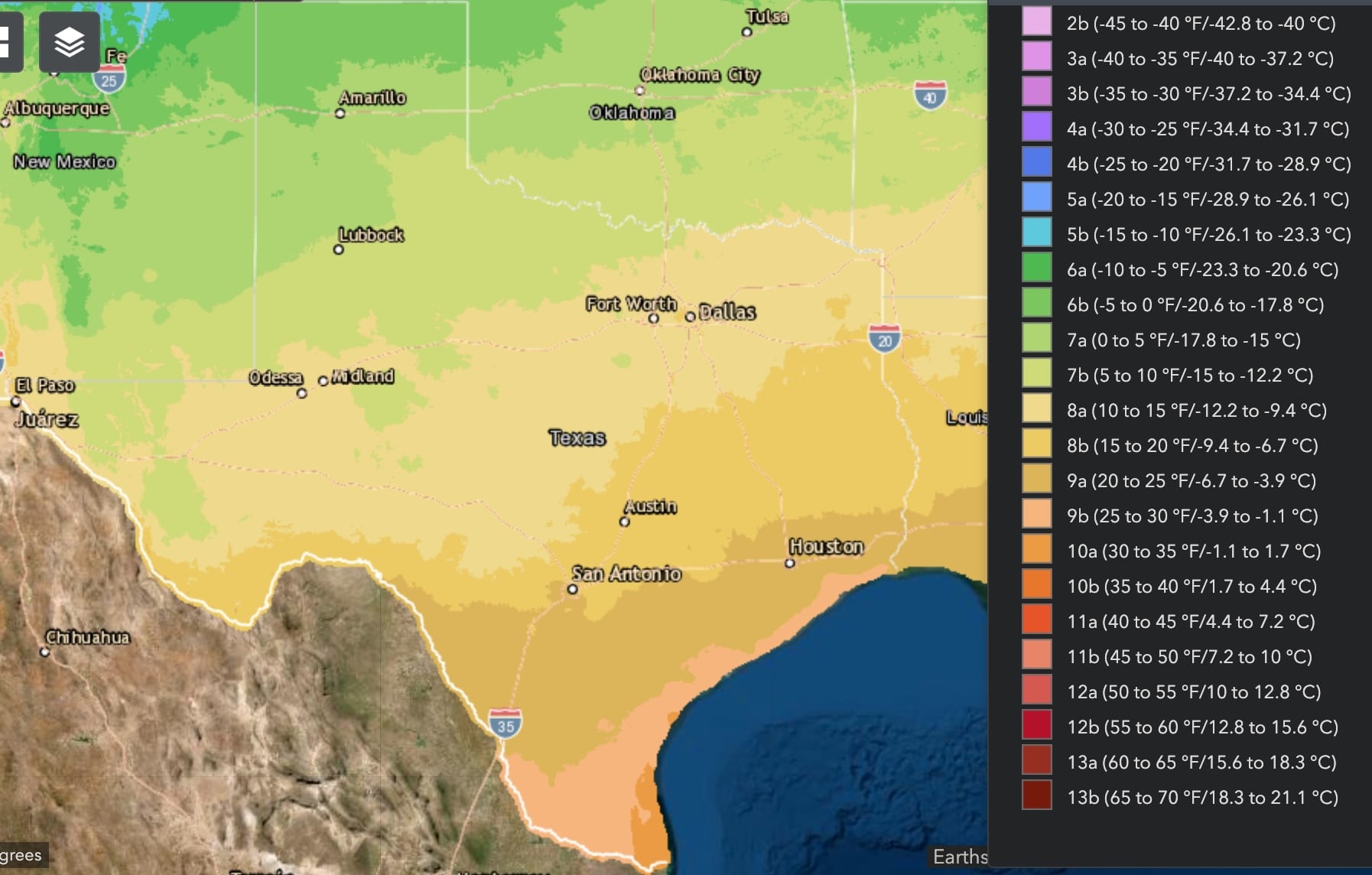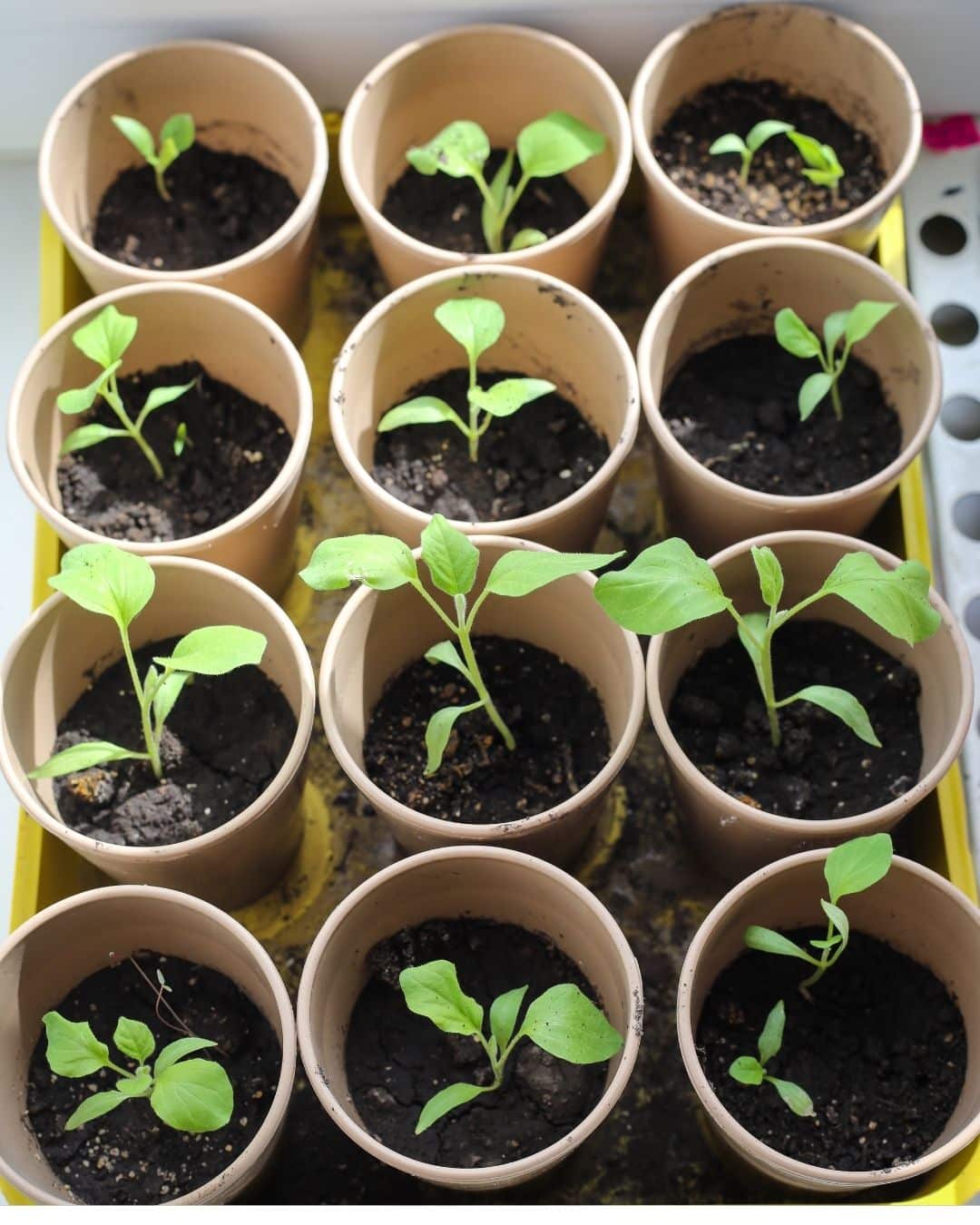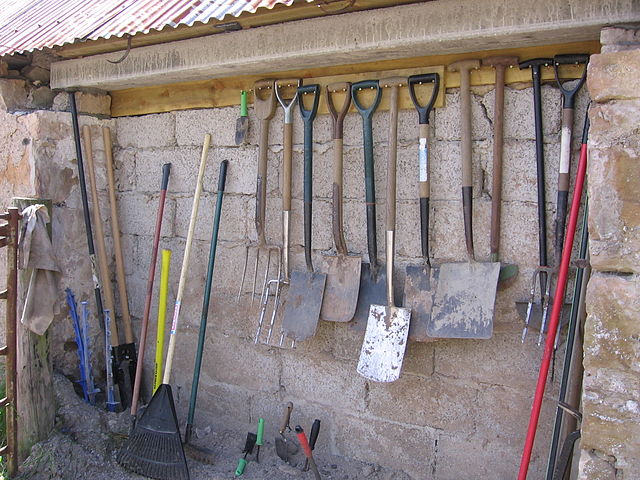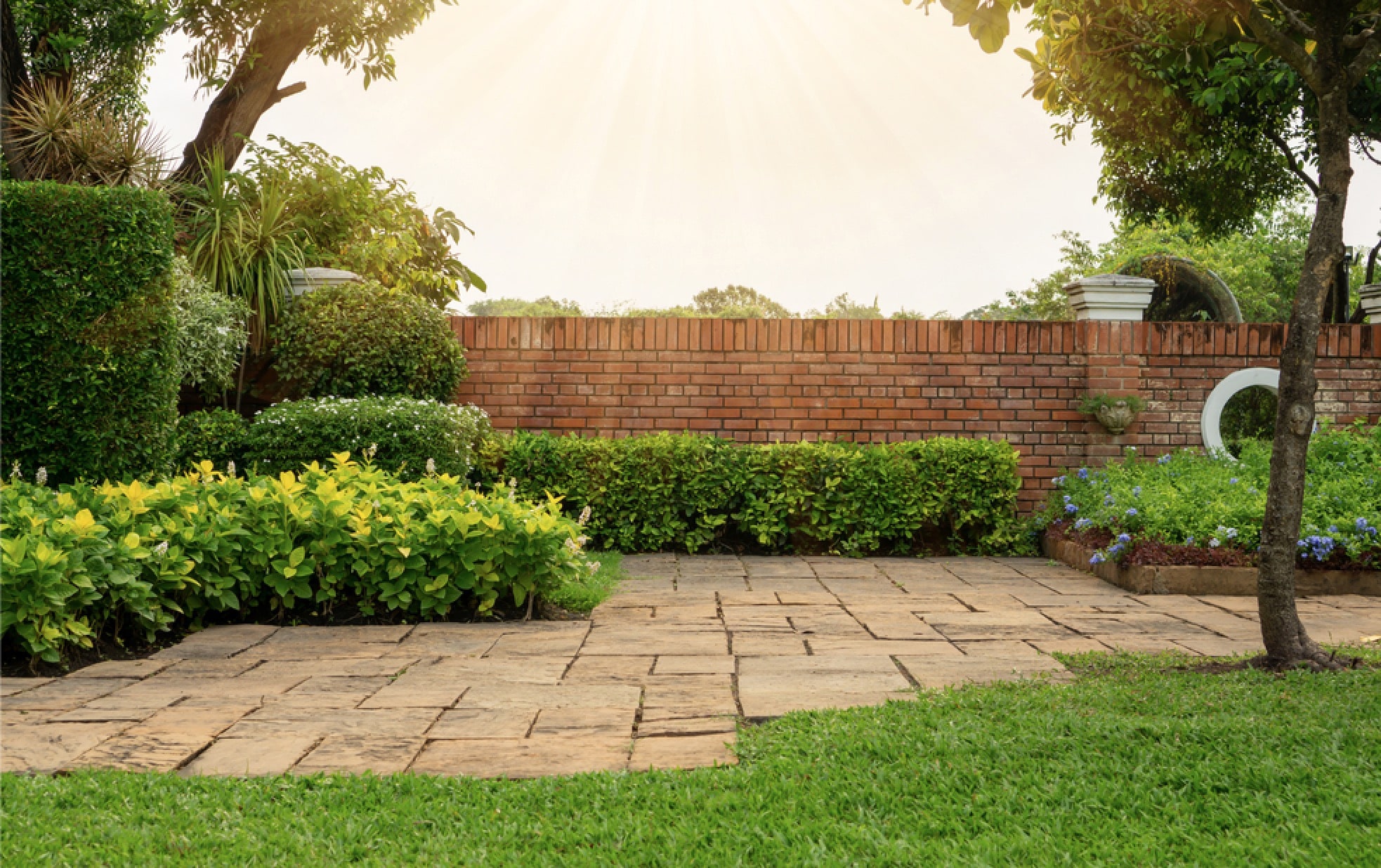The Texas Climate and Soil
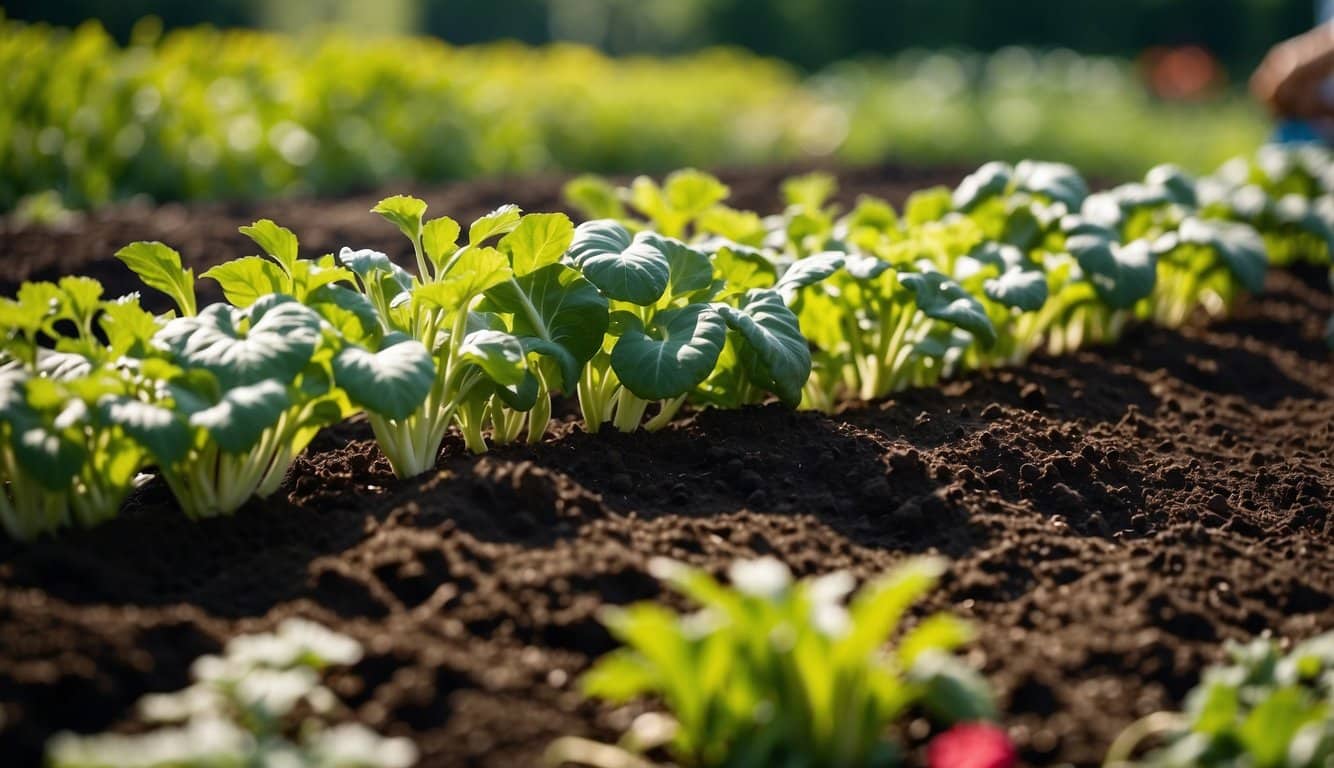
In planning your vegetable garden in Texas, appreciating the climate’s nuances is crucial.
Texas experiences a varied climate—from humid subtropical conditions in the east to arid and semi‐arid climates in the west—with very hot summers and generally mild winters.
Growing conditions vary widely across the state, and seasonal transitions (though sometimes shorter or more abrupt than in other regions) play a key role in your gardening calendar.
Monthly Temperature Overview:
- Spring: Typically begins pleasantly, with temperatures rising steadily. In many parts of Texas, early spring can already feel warm.
- Summer: Extremely hot in many regions, so managing water and providing shade becomes essential to support an array of vegetables.
- Fall: Generally mild with cooler evenings, offering a window for both continued harvest and the planting of fall crops.
- Winter: Mostly mild, though northern parts of Texas may experience cooler spells—ideal for garden rest or indoor preparation.
Precipitation Patterns:
Precipitation in Texas is highly variable. While parts of East Texas enjoy abundant summer rains, other areas are more prone to drought, making careful attention to watering practices essential.
Soil Characteristics:
Texas soils are as diverse as its climate. In the east, soils tend to be rich and loamy, while in many western or central regions, you may encounter sandy or rocky soils that benefit from organic amendments.
To maximize plant health:
- Test Soil: Ascertain pH and nutrient levels.
- Amend Accordingly: Use compost or fertilizers as needed.
- Monitor Moisture: Incorporate proper drainage, especially in areas with heavy rains or prolonged drought.
Plant Hardiness Zones are a pivotal reference when choosing vegetables:
- Northern Texas: Zones 6a to 7b
- Central Texas: Zones 8a to 8b
- South Texas: Zones 9a to 9b
Beyond the zones, local weather patterns such as frost dates and heat waves are vital to monitor.
Monthly Gardening Checklist
Gardening in Texas is a year-round adventure, and each month offers unique tasks to ensure your vegetable garden thrives.
The following checklist ensures you stay on track with the appropriate activities required for each stage of the growing season.
January: Planning and Ordering Seeds
In January, pore over seed catalogs and online resources to select and order seeds for your spring garden.
Consider crop rotation and plan to incorporate companion planting for a healthier, more diverse garden.
February: Starting Seeds Indoors
February is the time to start seeds indoors for crops like tomatoes, peppers, and eggplants—especially in regions where the winter is mild and early spring approaches quickly.
Use a sunny south-facing window or invest in grow lights to meet the light requirements.
March: Preparing Garden Beds
As the ground begins to warm in many parts of Texas, start preparing your garden beds.
Clear out debris, test soil, and enrich with compost to replenish nutrients before any planting begins.
April: Early Planting and Maintenance
When the soil is workable, plant cool-season vegetables like peas, lettuce, and spinach. In Texas, be mindful that warm spells can arrive quickly, so be prepared to protect young plants from sudden heat waves.
May: Transplanting and Direct Sowing
May is suitable for transplanting seedlings started indoors and sowing seeds of warm-season crops directly into prepared beds, such as beans and squash.
June: Pest and Weed Control
Vigilantly check for pests and diseases to tackle issues early. In the Texas heat, keeping on top of watering and weeding is particularly important.
July: Midseason Care and Harvesting
July is prime for harvesting early crops like greens and herbs.
Monitor plants for heat stress and ensure they receive adequate water to combat the intense summer temperatures.
August: Succession Planting and Maintenance
Consider succession planting to replace harvested crops. With the lingering heat of summer, regular watering, weeding, and pest monitoring remain critical.
September: Fall Planting and Harvesting
September presents a chance to plant fall crops such as kale and carrots. In many parts of Texas, the cooling trend in fall offers a welcome respite for both crops and gardeners.
October: Harvesting and Garden Cleanup
Complete the harvest of remaining crops.
Clean up spent plants and add to your compost pile—except for diseased material—to reduce the risk of pests and diseases next year.
November: Preparing for Winter
Protect hardy crops with mulch and clean tools before storing.
Empty and clean containers if used, and plan for possible cover cropping, keeping in mind that Texas winters are generally mild.
December: Review and Reflect
Reflect on the past season’s successes and lessons.
Update your garden journal with notes and sketches of garden layout changes for next year.
Selecting the Right Vegetables for Your Garden
When establishing your vegetable garden in Texas, choosing the right crops is pivotal to ensure a bountiful harvest.
Given Texas’ diverse climate—with very hot summers and mostly mild winters—it’s essential to select vegetables attuned to the regional growing seasons.
Spring Planting: Start with cool-season crops that can tolerate a brief, milder winter and the early onset of warmth.
Plant lettuce, spinach, and peas as early as the soil can be worked. Carrots and beets also fare well when sown in spring.
- Cool-season vegetables:
- Lettuce
- Spinach
- Peas
- Carrots
- Beets
Summer Planting: As the ground warms considerably, transition to vegetables that thrive in heat. Tomatoes, peppers, and corn should be planted after the threat of frost has passed and once the soil has sufficiently warmed.
- Warm-season vegetables:
- Tomatoes
- Peppers
- Corn
- Cucumbers
- Squash
Fall Planting: For a harvest extending into the fall, plant fast-growing, cool-season vegetables in late summer.
Radishes and lettuce can be planted for a second crop, and kale can sustain through the first frosts—even in Texas, where fall can be a gentle transition.
- Fall-harvest vegetables:
- Radishes
- Lettuce
- Kale
- Swiss chard
In selecting vegetables, also consider the sunlight exposure of your garden.
Aim to place sun-loving vegetables like tomatoes in the brightest parts, and keep in mind that leafy greens can tolerate some shade.
Lastly, integrate your personal preferences.
Grow vegetables that you enjoy eating and are excited to incorporate into meals. A successful garden is not only about the yield but also the joy it brings to your table.
Essential Tools and Equipment for Successful Gardening
When you set out to cultivate a thriving vegetable garden in Texas, having the right tools can make all the difference.
With seasonal weather changes and diverse soil conditions, it’s important that your toolbox is equipped with versatile and durable instruments.
Hand Tools:
- Spade – For turning the earth in preparation for planting.
- Garden Fork – Ideal for breaking up compact soil and incorporating compost.
- Trowel – A necessity for planting seedlings and bulbs with precision.
Pruning Equipment:
- Pruning Shears – Keep plants healthy by snipping away dead or overgrown branches.
- Garden Scissors – Perfect for delicate trimming and shaping of vegetable plants.
Cultivating Tools:
- Hoe – Essential for weeding and shaping the soil surface.
- Rake – Level out the soil and clear debris pre- and post-planting.
Watering Tools:
- Watering Can – Allows for controlled irrigation, essential for seedlings.
- Garden Hose with Adjustable Nozzle – An efficient way to water larger areas.
Protection and Support:
- Gloves – Protect your hands from thorns, splinters, and soil-borne bacteria.
- Trellises or Stakes – Provide support to climbing plants and heavy vegetables.
Pest Management and Disease Prevention Strategies
Managing pests and preventing diseases in your vegetable garden requires consistent efforts throughout the year.
Below are strategies you can employ each month to minimize the impact of pests and diseases on your crops in Texas:
| Month | Action Steps |
|---|---|
| January | Plan: Select disease-resistant seed varieties. |
| February | Order: Buy neem oil and insecticidal soaps for organic pest control. |
| March | Clean Up: Remove plant debris to prevent overwintering pests. |
| April | Inspect: Check for early signs of pests as you begin planting. |
| May | Intervene Early: Apply neem oil to affected plants at early infestation. |
| June | Monitor: Regularly inspect plants and apply row covers if necessary. |
| July | Water Wisely: Water in the morning to prevent fungal diseases. |
| August | Harvest: Remove infected fruits promptly to reduce spread. |
| September | Rotate Crops: Plan next year’s garden, avoiding planting in the same location. |
| October | Tidy Up: Clear old plants and compost healthy remains. |
| November | Soil Care: Turn the soil to disrupt pests and add compost. |
| December | Reflect: Review notes and make adjustments for next season. |
- Physical Barriers: Using floating row covers can protect your crops from common flying insects.
- Cultural Practices: Rotate your crops annually to prevent soil-borne diseases and disrupt pest life cycles.
Frequently Asked Questions
In this section, you’ll find specific information on vegetable gardening in Texas, with a focus on timing, plant selection, and effective gardening practices to maximize your harvest.
What is the optimal time frame for planting vegetables in Texas?
The optimal planting times for Texas range from early spring for cool-season crops to late spring or early summer for warm-season crops.
Start cool-season vegetables like lettuce and peas as soon as the soil is workable, generally around February to March in many regions.
Which vegetables thrive in Texas’ growing conditions?
Texas gardeners will find success with a variety of vegetables.
Cool-season favorites include spinach, kale, and broccoli, while warm-season crops like tomatoes, peppers, cucumbers, and sweet corn thrive during the intense summer months.
How can one initiate a garden in Texas with regard to soil preparation and planting?
To initiate a garden, first test your soil to understand its nutrient content and pH level.
Aim to start soil preparation in the fall or early spring, incorporating organic matter, compost, or fertilizers as needed. Planting can begin once the soil is workable and has reached the appropriate temperature for your chosen crops.
When is the ideal period to plant tomatoes in the diverse climates of Texas?
Tomato planting in Texas should wait until the threat of frost has passed and the soil has adequately warmed. In many areas, this can occur from late March to early May. Use local frost dates and weather forecasts to guide your timing.
What considerations should I take into account when designing the layout of a vegetable garden?
Consider sunlight, water access, and air circulation when designing your vegetable garden.
Plan for taller plants like tomatoes and pole beans to be situated on the north side to avoid shading other plants. Include access paths and allow space for growth.
Which month marks the beginning of garden preparations in Texas for the ensuing growing season?
In Texas, garden preparations can begin as early as February or March when the soil starts to warm and becomes workable.
This is the time to clean up garden beds, test and amend the soil, and start seeds indoors for transplanting later in the season.
Last update on 2025-04-18 / Affiliate links / Images from Amazon Product Advertising API
